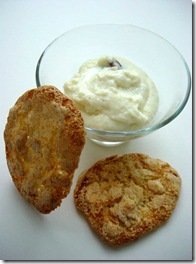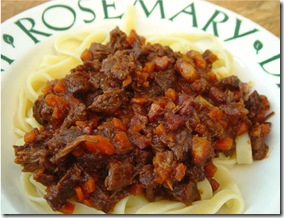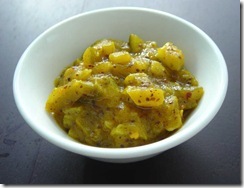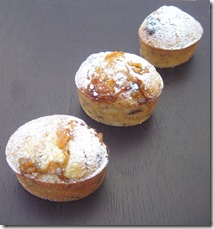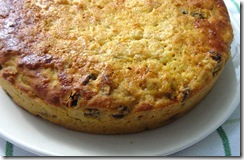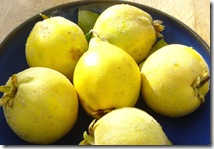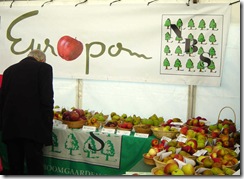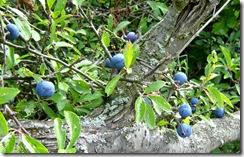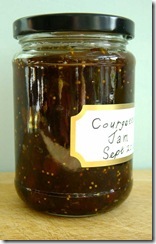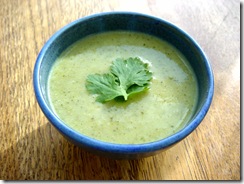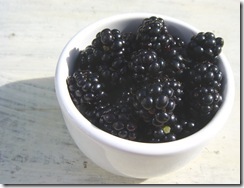Gâteau Breton with Dates and Chocolate
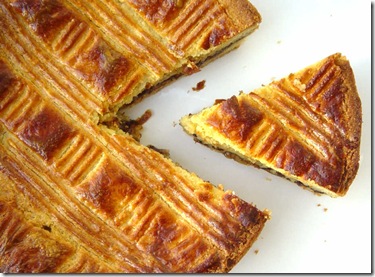
Although the Gâteau Breton is very often plain, some people prefer it with a filling such as apples or prunes soaked in armagnac. Less traditionally, I put together a date and chocolate filling this time, which may look unpromising (or even faintly disgusting) but I assure you it tastes good. You don't even have to buy expensive whole dates for this – simple chopped dates will do fine, as long as they're nice ones. There are a lot of rules about how the authentic Gâteau Breton should be made and I don't seem to stick to all of them; but then neither do all the apparently authoritative recipes I've seen. Two rules I do stick to, though, are that there should always be the same weight of sugar as butter and that the butter has to be salted. I'm reliably informed that using unsalted butter in a Gâteau Breton would be one of the worst thing you could do in Brittany – roughly the equivalent of walking into a bar in Quimper and announcing that you don't like bagpip
